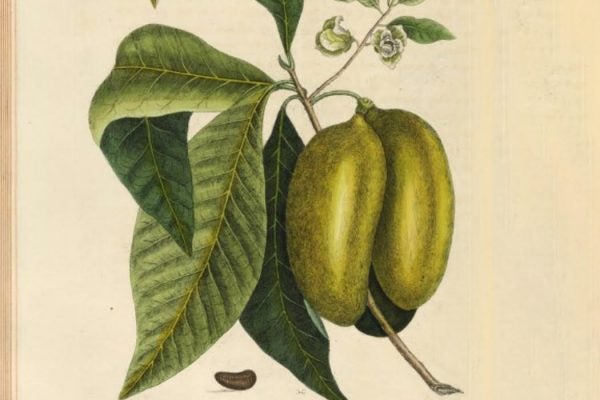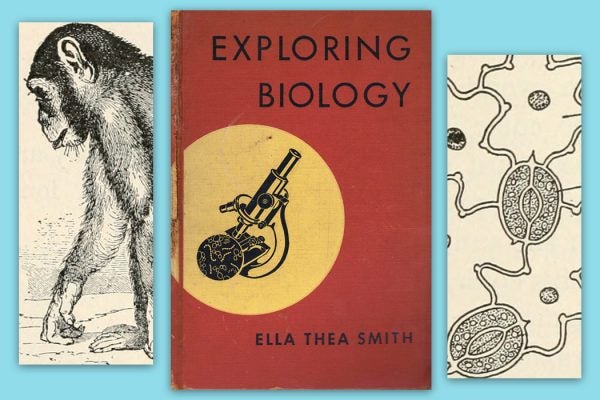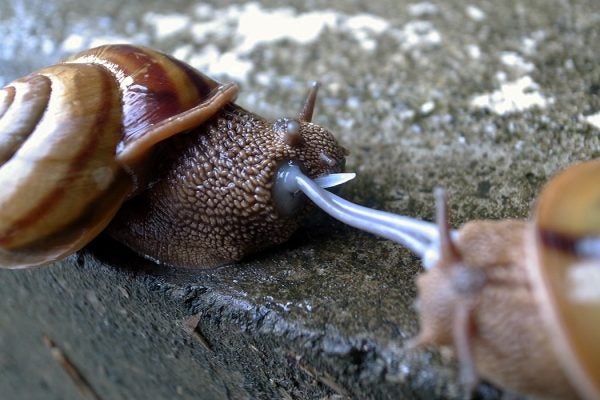Plant of the Month: The Pawpaw
The pawpaw is finding champions again after colonizers' dismissal, increasing globalization and economic needs.
How the “Organic” Label Leaves Small Farmers Out
The USDA's requirements for organic labeling make it easier for large agri-business than the smaller farmers you'd think of as "organic."
Evading Abortion Bans with Mutual Aid
One scholar chronicles how communities have banded together to help each other with abortion care even when it’s against the law.
How Wind Energy Could Affect Marine Ecosystems
As giant turbines pop up offshore, changes to underwater habitat and sediment will come, too.
The Hidden History of Biology Textbooks
American biology textbooks supposedly became less scientific after the Scopes trial. One scholar argues that this isn't the whole story.
The Surprisingly Egalitarian Love Lives of Garden Snails
Mating snails stab each other with barbs to increase chances of paternity.
To Study Today’s Ecosystems, Look to History
An unlikely source of data about the decline of trout in modern Spain: a book from the 1850s.
What Makes Vaccine Mandates Legal?
Historically, the Supreme Court has held that forgoing vaccines is a threat to public health and therefore beyond the bounds of liberty.
Will Chocolate Survive Climate Change? Actually, Maybe
The forecast has been bad for domesticated cacao. But some environments in Peru might hold the key to the future of the world's sweet tooth.
How Computer Science Became a Boys’ Club
Women were the first computer programmers. How, then, did programming become the domain of bearded nerds and manly individualists?









